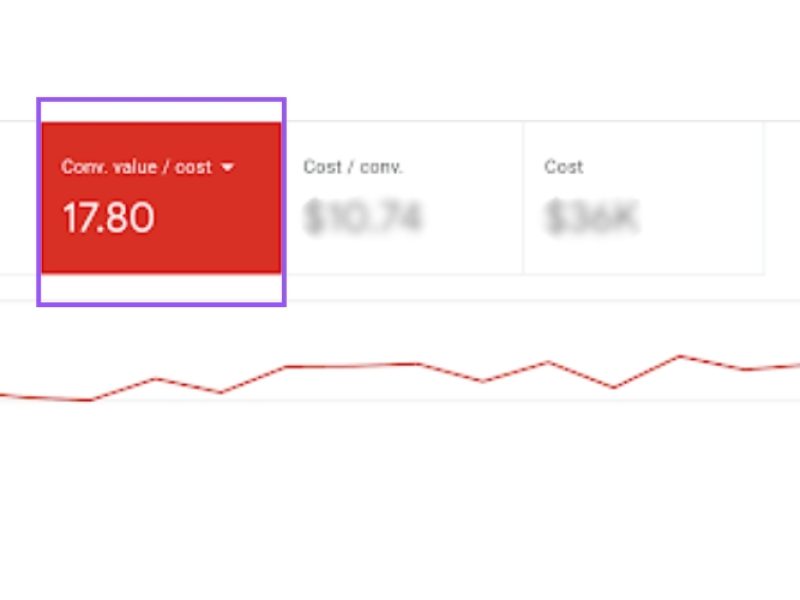People go online for all sorts of reasons: to find information, purchase products or services, get directions, connect with others in their community, and so on. The words that they type in the search box are one of the most important parts of a search engine optimisation strategy. But, more often than not, marketers get stuck on the actual keywords than the search query and the intent behind it.
Three types of search queries:
- Navigational search queries
- Informational search queries, and
- Transactional search queries.
In this article, we’re going to look at each type of query, what it means, and how you can target them with your SEO content.
You might also be interested in HOW OFTEN DO YOU UPDATE YOUR SEO
1. Navigational Search Queries
A navigational query is a type of search query where the user enters the name of a particular company, product, or brand with the purpose of visiting their website. For example, users are more likely to enter “YouTube” or Domino’s Pizza into the search box than to type their URLs in Google’s navigation bar.
The problem with this type of query is that you can’t do much to influence what users will click on. People performing a navigational query have a specific website in mind and it can be hard to convince them to visit yours instead.
That said, you need to make sure that your website appears both among the top organic search results and as a sponsored result for searches that include your brand or company name. That way, when prospects do look for you or your products or services, they will find what they need fast.
2. Informational Search Queries

As the name suggests, when people are typing informational queries into the search box, they are looking for information about a certain topic.
For example, a query like “how web design influences SEO” is purely informational. People typing this don’t have a specific site in mind, like in the case of a navigational query, and are also not looking to buy something. They just want to find an answer to this question or learn more about web design and SEO.
The best way to target this type of query is by creating high-quality content that offers useful and relevant information to the questions your audience is asking.
For example, you could create an in-depth blog post about a topic your audience is interested in, a step-by-step guide, or a how-to video that helps your audience understand the topic better.
If you don’t know what specific questions your target audience is asking, then social media can be of great help. You can join different Facebook groups that are relevant to your prospects and learn what words they are using when talking about aspects that have to do with your business or industry.
3. Transactional Search Queries
There’s usually a purchase intent behind a transactional search query. The person is ready to buy and uses transactional keywords like “order,” “buy,” or “download.”
Of course, it’s not a rule that users will always use transactional keywords to signal that they want to make a purchase. In some instances, they may use only the exact name of the product or brand, such as “Huawei P30 Pro” or generic keywords like “bread machine.”
A question a lot of business owners are asking is how they can include transactional queries in their overall content marketing strategy without being too pushy.
One of the most effective ways to target these types of queries is with optimised product pages. Make sure that the content on your product pages is unique, descriptive, and it provides all the information prospects may need to make a decision. You should also make sure that the images are high-quality without interfering with the page load speed and performance.
Can We Help?
Do you want to learn more about how to include search queries in your digital marketing strategy? Don’t hesitate to get in touch with Australian Internet Advertising and check their marketing services.




